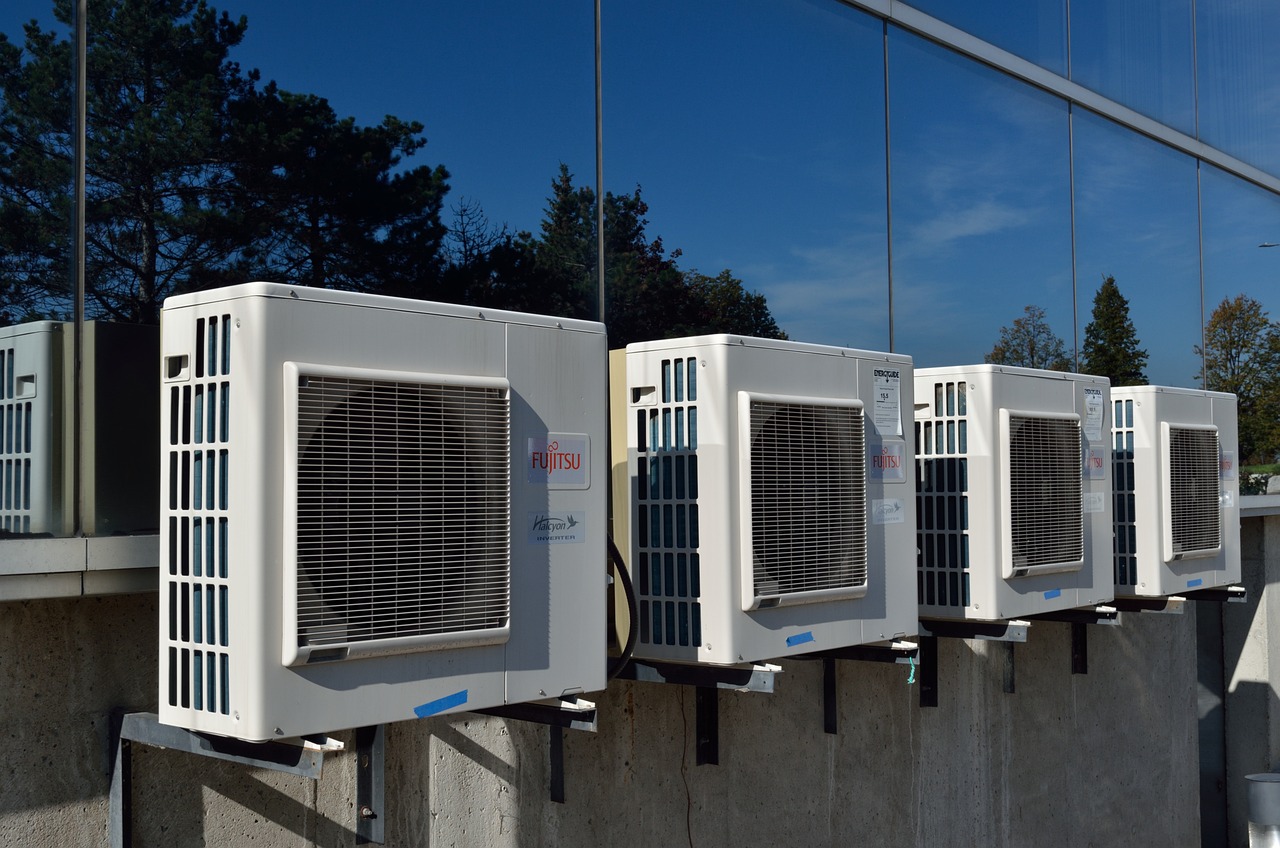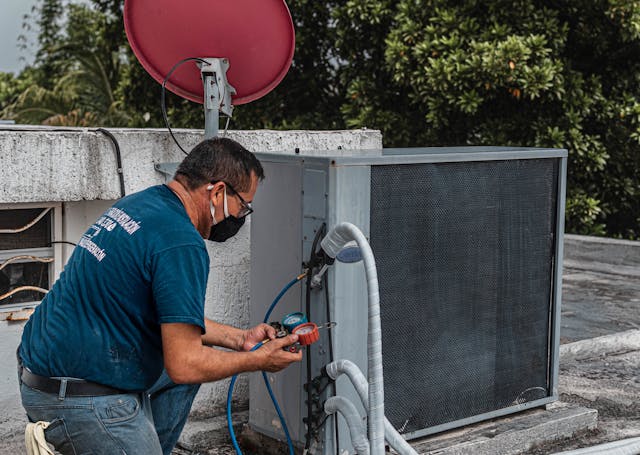
You may be wondering, “Winter is still here, why would we be talking about summer?” Well, the truth is that it’s never too early to start planning for the summer months. In fact, many scientists have predicted that next summer will be 3.9 degrees hotter than before. This means that your HVAC system will be working harder than ever to keep you cool and comfortable. And don’t let HVAC companies sell more units to you, as they’ve read in an article titled “7 Touches Marketing Chart for HVAC Companies.” I mean, keep it well-maintained.
See, your HVAC system is your best friend you’ll rely on during those sweltering months. So, it’s crucial to ensure it’s ready to perform when you need it most. A little pre-season preparation can go a long way in ensuring comfort and efficiency throughout the hot days ahead. But where do you start? Here is the guide to it.
Clean or Replace Air Filters
Air filters are very crucial for your HVAC system’s performance. They trap dust, allergens, and other particles that can hinder airflow and reduce efficiency. Over time, these filters can become clogged. So, you need to check your air filter every month. If it’s dirty or discolored, it’s time for a cleaning or replacement. A clean filter can easily turn into optimal airflow and improve indoor air quality. Most experts recommend replacing standard filters every three months. However, if you have pets or live in a dusty area, consider changing them more frequently. Investing in high-efficiency particulate air (HEPA) filters can also be beneficial. They capture even smaller particles that traditional filters might miss.

Inspect and Clean the Outdoor Unit
Your outdoor HVAC unit works hard to keep your home cool during the summer. It’s essential to give it some attention before temperatures rise. Start by getting rid of any debris around the unit. Leaves, dirt, and branches can block airflow and hinder efficiency. A clear path allows for optimal performance. Next, check the fins on the outside of the unit. These delicate metal strips can bend easily but are crucial for proper heat exchange. If you notice any damage, gently straighten them with a fin comb or similar tool. Cleaning is equally important. Use a garden hose to keep the dirt away from the coils carefully.
Check Refrigerant Levels
Refrigerant is the heart of your HVAC system. Without it, your air conditioner can’t cool your home effectively. Regularly checking refrigerant levels ensures your unit operates at peak efficiency. Low refrigerant can indicate leaks or issues within the system. If you notice inconsistent cooling or hear unusual noises, it’s a sign to investigate further. Don’t ignore these symptoms; they could lead to bigger problems down the line. To check levels, look for gauges on the outdoor unit if you’re comfortable doing so. Alternatively, enlist a professional technician who can accurately assess and recharge as needed. This simple step prevents strain on your compressor and enhances overall performance.
Test the Thermostat
Testing your thermostat is a crucial step as summer approaches. A malfunctioning thermostat can quickly turn into uncomfortable temperatures and higher energy bills. So you want to set the thermostat to a bit lower temperature than the previous room temperature. Wait for a few minutes to see if the system kicks in. If it doesn’t respond, there might be an issue that needs attention. Next, check for any wiring problems or loose connections. Sometimes, dust accumulates around the wires, causing poor contact. Cleaning these areas gently can make a difference. You may also want to consider upgrading to a smart thermostat if you haven’t already done so.
Schedule a Professional HVAC Tune-Up Before the Heat Hits
A professional tune-up can help catch any potential issues before they become major problems. Technicians will conduct thorough inspections and necessary adjustments to keep your system running smoothly. Scheduling this service early on not only optimizes performance but also increases energy efficiency. This means lower utility bills during the hottest months of the year.






